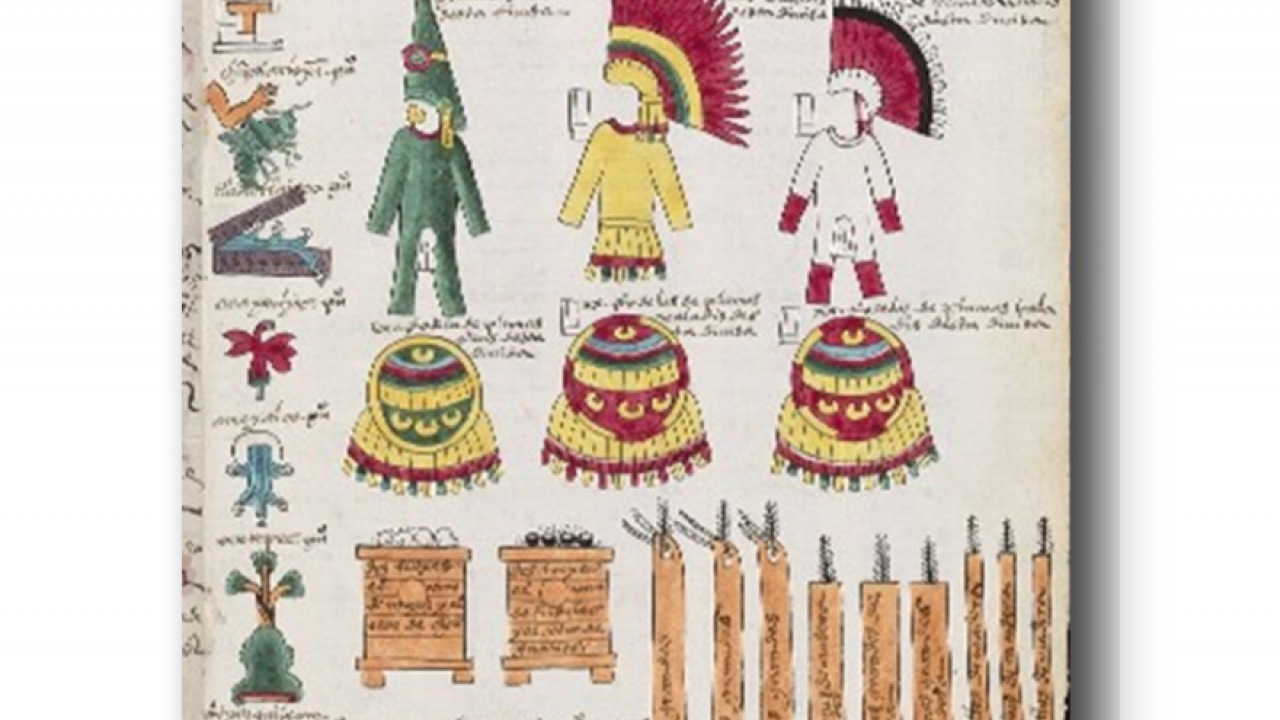
Teaching [world history students in] California

World history teachers, please read at least the first paragraph of this blog! There are new resources available for teaching 6th, 7th and 10th-grade world history: the Teaching California inquiry sets. But I fear many world history teachers are looking at the “Teaching California” title and assuming that these sets are all on California history. This is not correct! The title ought to be “Teaching History to Students in California.” In this collection, there are 7 inquiry sets for Grade 6, 11 for Grade 7, and 13 for Grade 10. To access them, visit the Teaching California page and scroll down to your grade level and check out the inquiry sets that are available. Each inquiry set focuses on an investigative question from the Framework and contains between 8 and 12 visual and written primary sources. There is a “teacher background” that explains the question, possible answers, and use of the sources, a short context explanation for students and another for teachers on each source, and a literacy strategy for teaching one of the sources. These aren’t lesson plans, but collections of resources with explanations that you can use for inquiry lessons.
Let’s take 10th-grade Modern World History, for example. Focusing on the second half of the 20th century, since that’s where many of you are now, there are four inquiry sets that are case studies from the late 20th and early 21st centuries. Two of these case studies, the Rwandan Genocide and Reconciliation and the Effects of Sea Level Rise on Tuvalu, give students an opportunity to explore how postcolonial governments in the Global South have grappled with severe problems. The sources focus not only on the causes of the problem and perspectives of internal and international groups, but also on solutions to those problems.
The two remaining case studies, Terrorism and Maquiladoras in Northern Mexico, address the effects of globalization. The Terrorism set features statistical sources that contrast terrorist groups and attacks in the US with those in other nations. Other sources reveal terrorist uses of the evolving global communication technology over the last 50 years. The maquiladoras set studies the effects of the movement of US companies to northern Mexico in the late 20th century, as well as the “race to the bottom” by certain industries to relocate in states with the lowest wages and the least protective regulation. Although US consumer behavior and loss of jobs is closely associated with this issue, the set focuses on the Mexican experience and differing perspectives within Mexico.
Please use these sources and let your world history colleagues know that “Teaching California” is for them, too! After you’ve had the chance to review the sets, please let us know what you think about them – we really value your feedback and suggestions.
